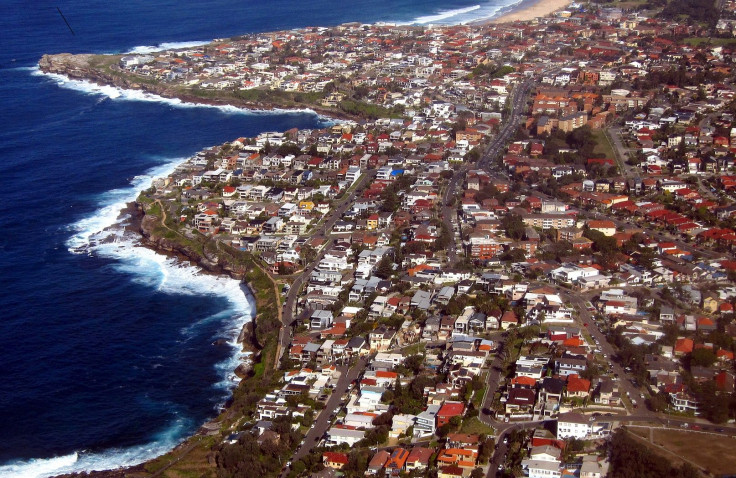Sydney CBD's median-priced properties include apartments but houses cost over $1 million

CoreLogic Australia's research has revealed that finding a house in Sydney that costs less than $1 million would be challenging specifically within the 20km radius of the CBD. On the other hand, house seekers who prefer median-priced residential property can opt for apartments as they cost between $400,000 to $1 million within the same area.
Based on the map posted by CoreLogic Australia researcher Cameron Kusher on Twitter, the number of houses that cost over $1 million expanded in just five years. According to Post Global Financial Crisis, Sydney's dwelling values increase by 98 percent since January 2009. It is the highest increase among the capital cities followed by Melbourne with 84 percent. In 2016, the prices of dwelling properties increase by 16 percent.
"Sydney-siders saw dwelling values increase by approximately $10,000 per month over the past year, creating a significant boost in wealth for homeowners; at the same time we’ve seen mounting affordability challenges for aspiring homeowners,” Tim Lawless said in a statement.
Lawless said that the value growth in Sydney and Melbourne were driven by strong economic activity and population growth. Hobart and Canberra's growth trends were getting stronger, making the properties' value goes up swiftly including the coastal and lifestyle markets. Properties within the area of mining have the weakest house market conditions.
“Capital city growth rates have also shown a growing divergence between the broad housing product types. Over the past twelve months we have seen capital city house values rise by 11.6 percent, while unit values have increased by roughly half the pace at 5.9 percent,” Lawless said.
Pete Wargent, co-founder AllenWargent property buyer, has posted on Twitter a data from the Australian Finance Group on the borrowing levels of each individual states and territories. The data showed Sydney's housing price evolution over the past few years. Wargent noted that the data showed average mortgage size increased by 33 percent from 2012 to 2016.




















